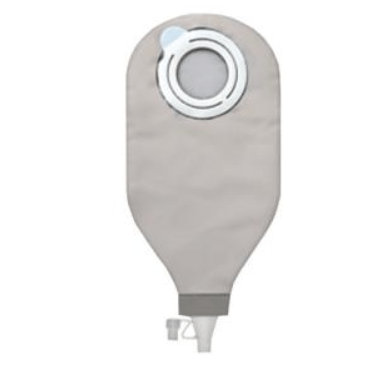Things to Know about Urinary Leg Bags
A urinary leg bag is a medical device used to collect urine for individuals who cannot control urination or have issues with bladder function. It is typically used by patients who need long-term catheterization, including those with urinary incontinence, post-surgery recovery, or certain medical conditions that impair bladder function. In Home Healing, LLC provides urinary leg bag in Winter Garden, FL, Winter Park, FL, Tampa Bay, Tampa, Port St. Lucie, Boynton Beach, and surrounding areas.

Key Aspects of an Urinary Leg Bag
- Design and Components: The urinary leg bag is a small, flexible bag made of medical-grade plastic material, designed to be worn on the thigh or calf. It has a drainage tube that connects to a catheter inserted into the bladder. The bag usually comes with straps or Velcro fasteners that help secure it to the leg, allowing it to be comfortably worn under clothing. The bags vary in capacity, with smaller sizes (like 350-500 ml) intended for daytime use, while larger ones are used overnight or for extended periods.
- Usage and Placement: The leg bag is designed for discreet wear and mobility, allowing users to move freely while managing urinary output. It is positioned below the bladder to utilize gravity for drainage. The bag must be securely attached to the leg using straps, ensuring that the tubing is not kinked or twisted, as this can cause blockage or leakage. The bag has a tap or valve at the bottom for easy emptying when it becomes full. It is typically emptied several times a day, depending on the individual’s urine output.
- Hygiene and Maintenance: Proper hygiene is crucial to prevent infections. The bag should be emptied regularly, and hands should be washed before and after handling. The bag and tubing should be cleaned daily with soap and water or a recommended cleaning solution to prevent bacterial buildup. The leg bag should be replaced every 5-7 days or sooner if there are signs of damage or infection, such as discoloration or foul odor.
- Potential Complications: Complications can include urinary tract infections (UTIs), skin irritation, and catheter blockage. It’s essential to monitor for symptoms such as fever, pain, cloudy or foul-smelling urine, or redness and swelling around the insertion site.
- Comfort and Mobility: A urinary leg bag allows for greater mobility and comfort compared to a bedside drainage bag. However, users should ensure the bag is not overfilled, as this can cause discomfort, leakage, or catheter displacement. Wearing loose-fitting clothing can help conceal the bag and improve comfort.
In summary, a urinary leg bag is a practical solution for managing urinary incontinence or other bladder issues, offering convenience and mobility. However, careful attention to hygiene, proper use, and regular monitoring for complications is essential to ensure safe and effective use. If you would like to discuss your specific situation or have questions, please don’t hesitate to call or email.
